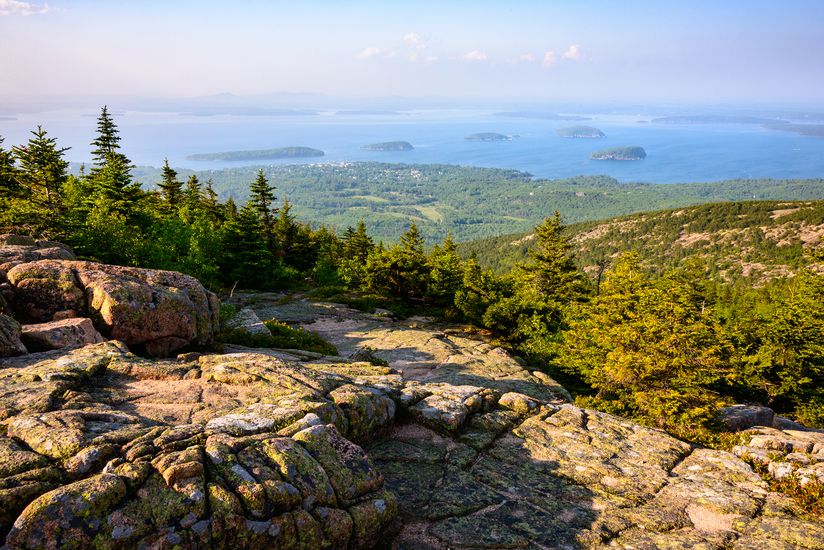SPRING FORWARD
Spring is in the air, and campers and hikers around the country are ready to get outside to enjoy the many national and state parks the country has to offer. It's no coincidence that National Park Week starts on April 15, when weather in many parts of the country is finally warm enough for adventuring. It's also a great time to save some money. During both weekends of National Park Week (April 15-16 and 22-23), entry is free. Here are some of the best parks to visit in the spring.







































